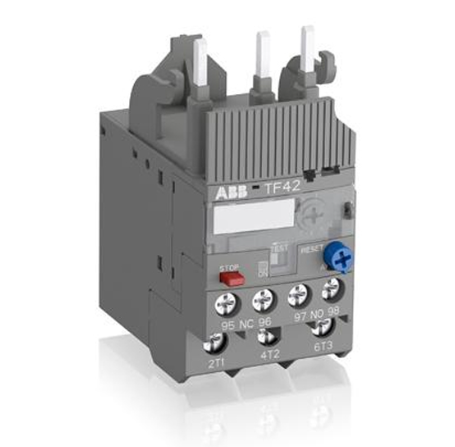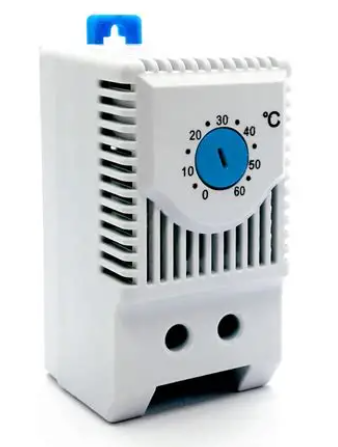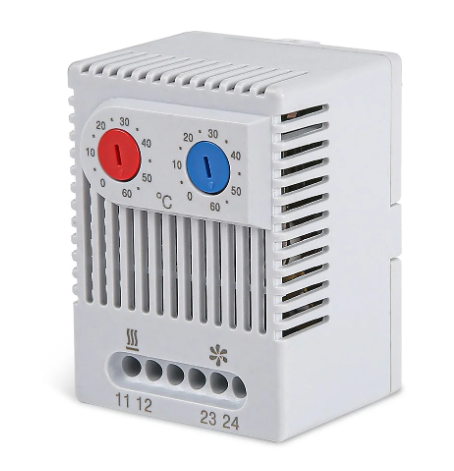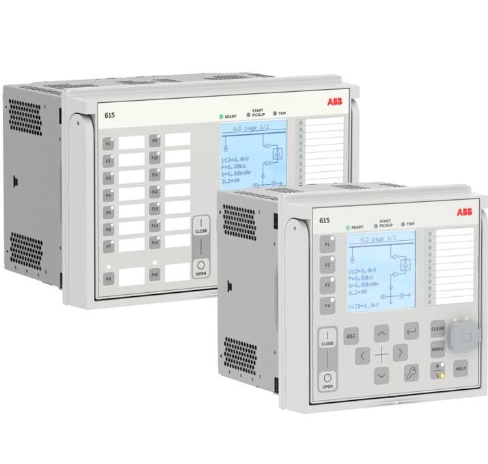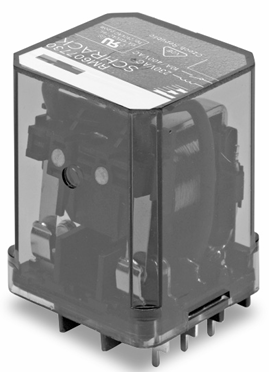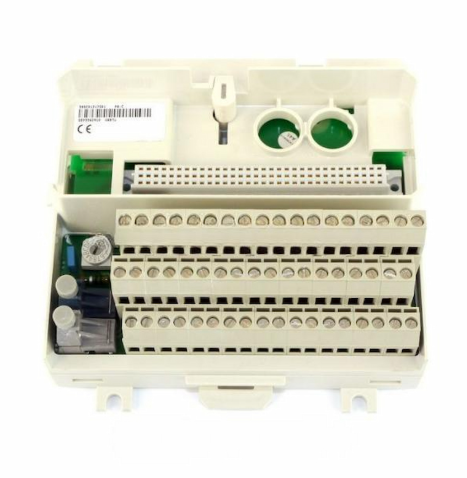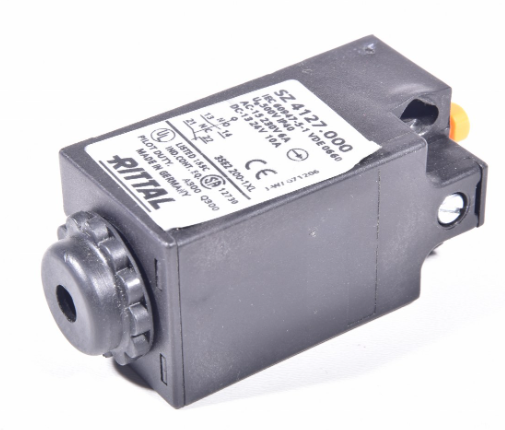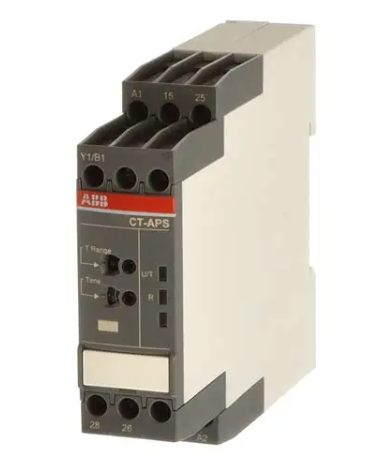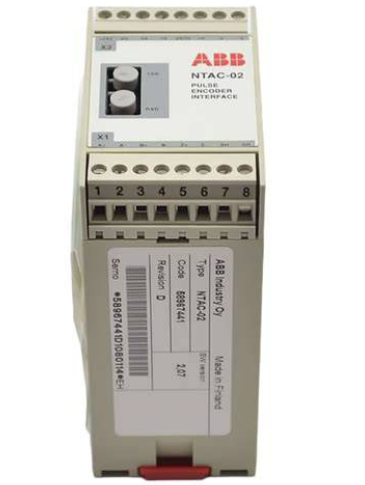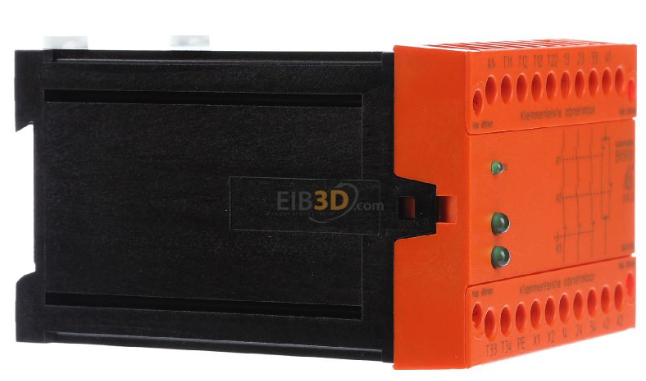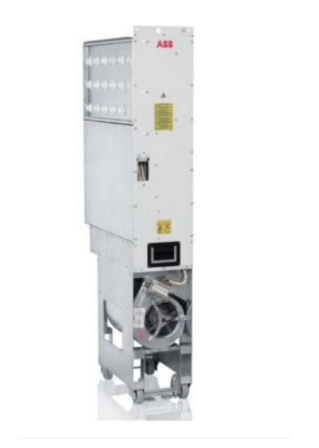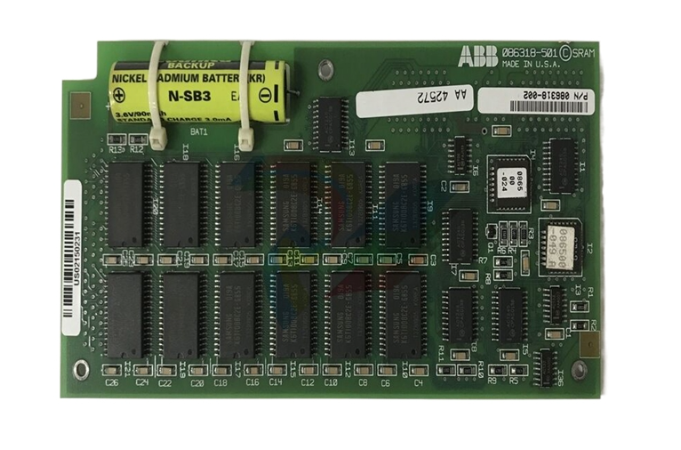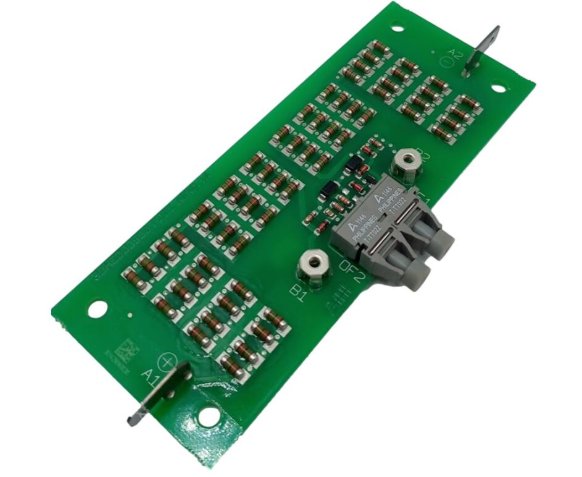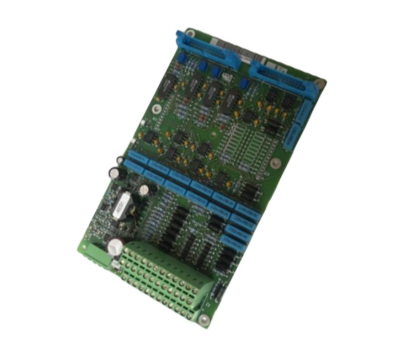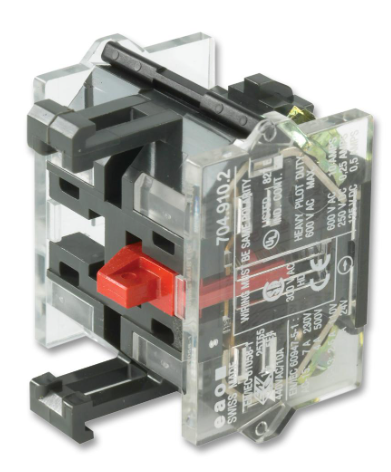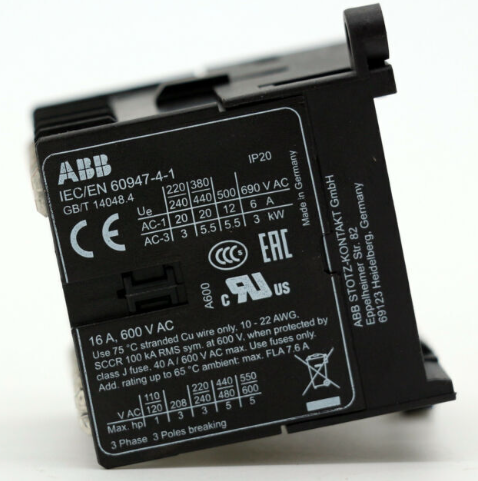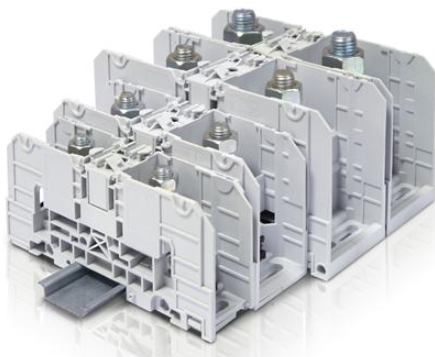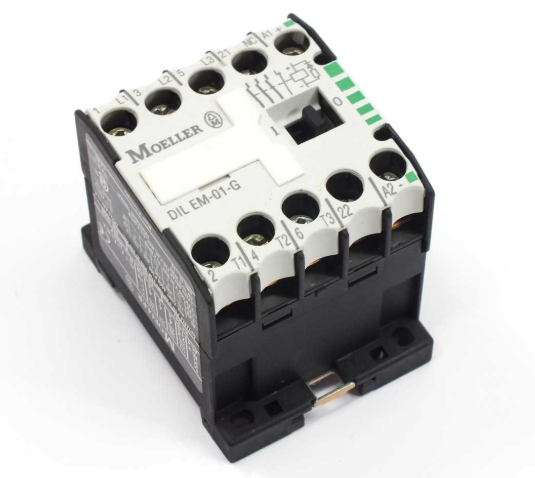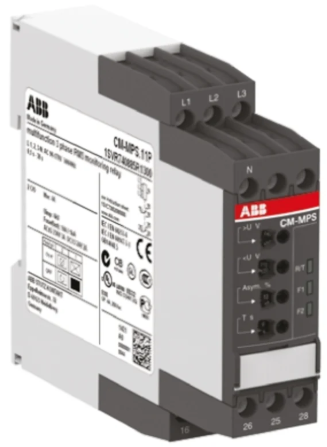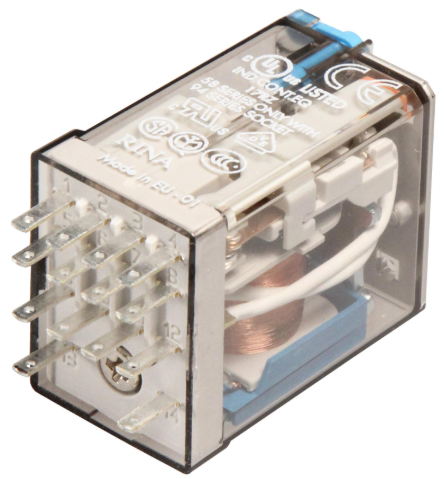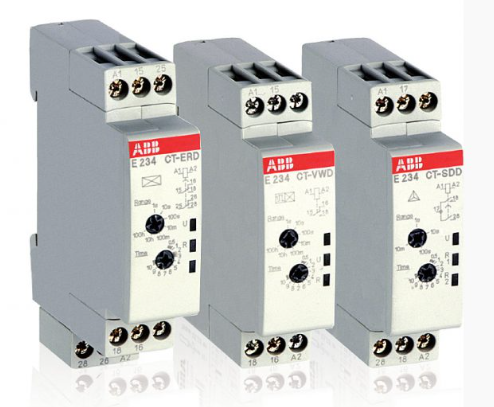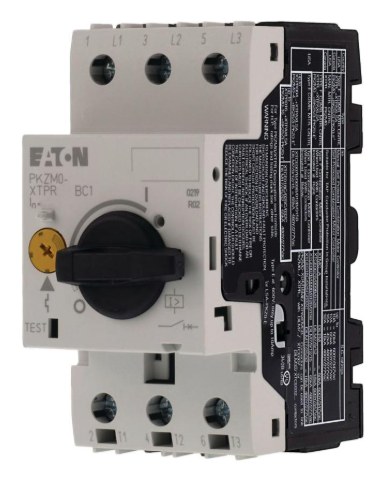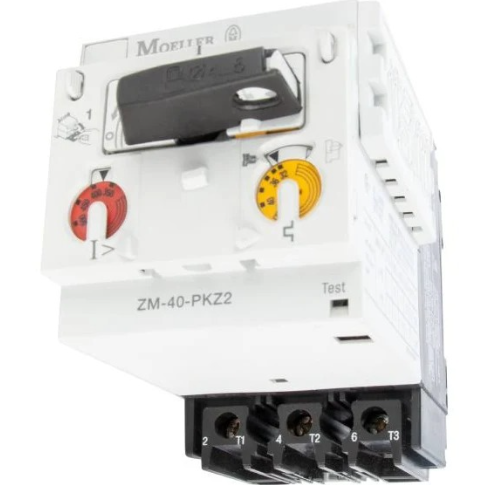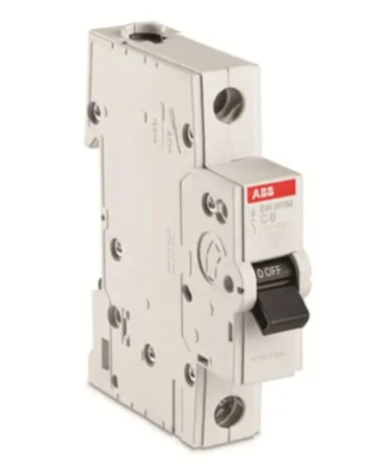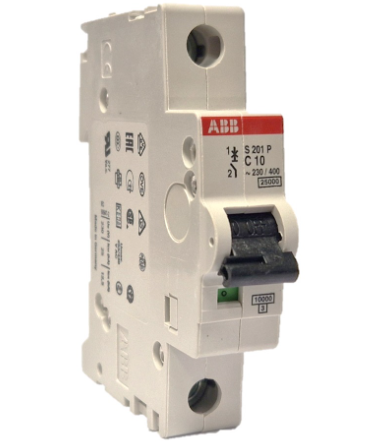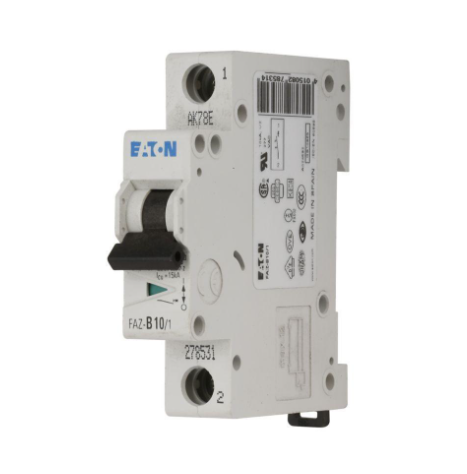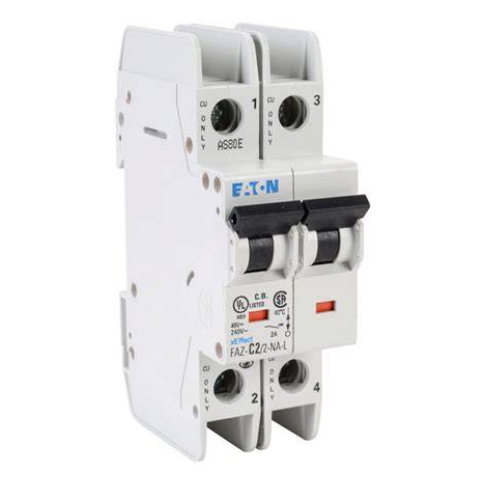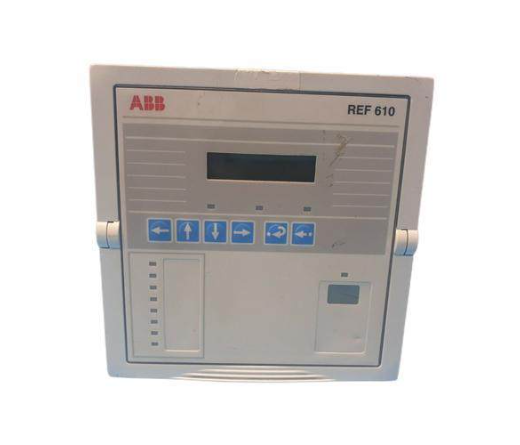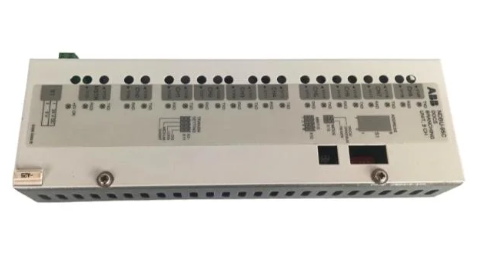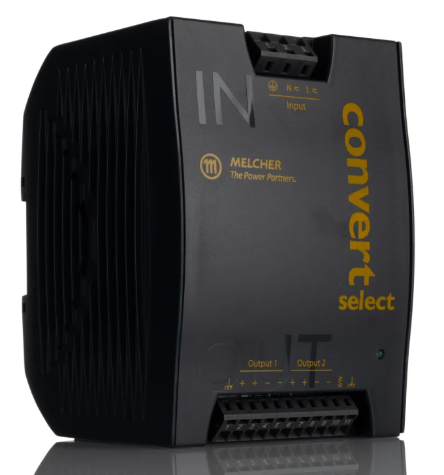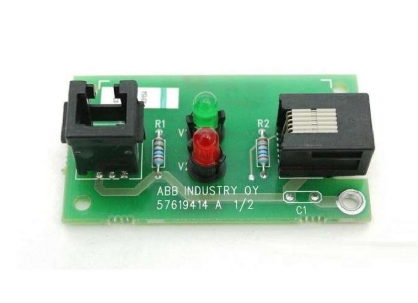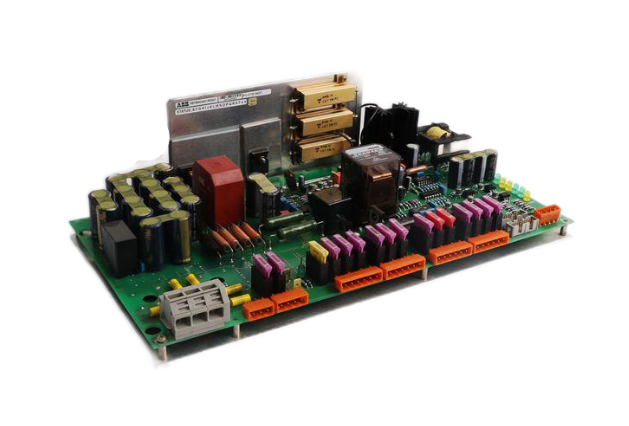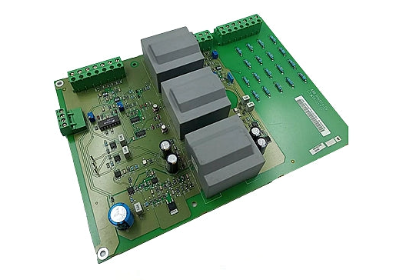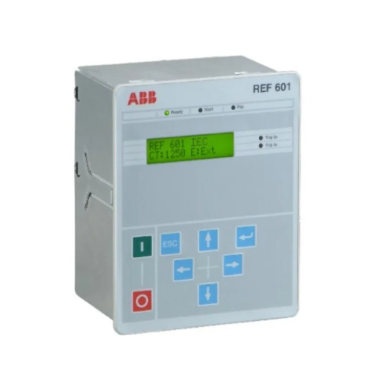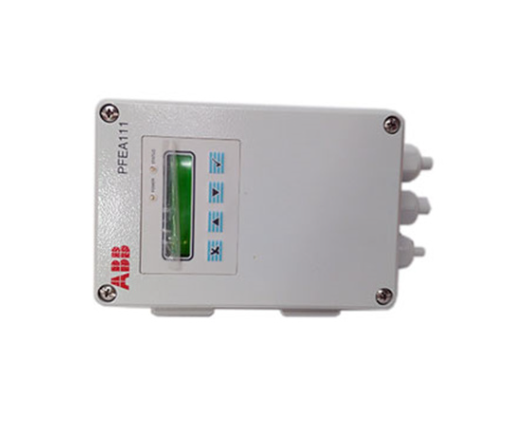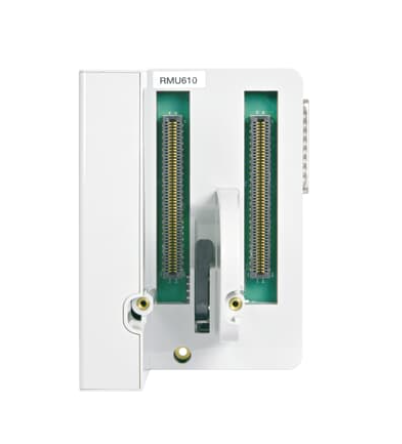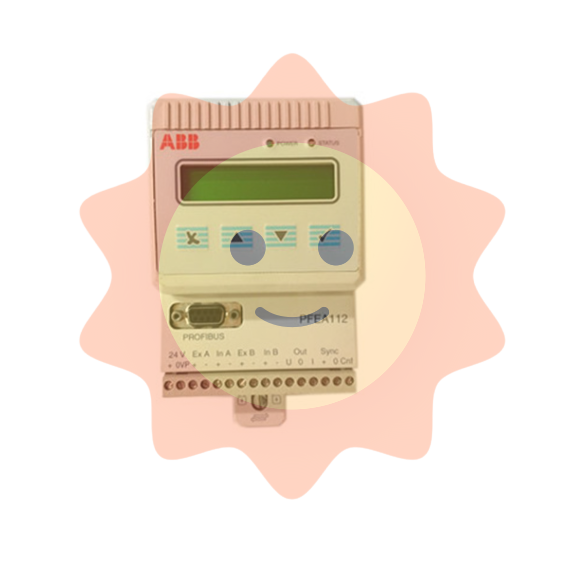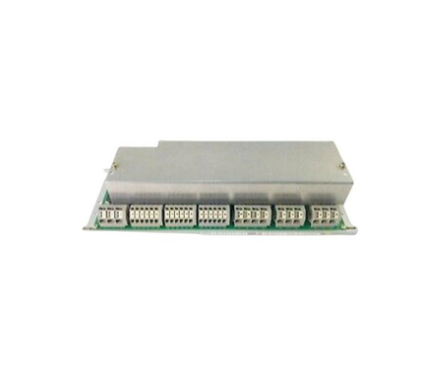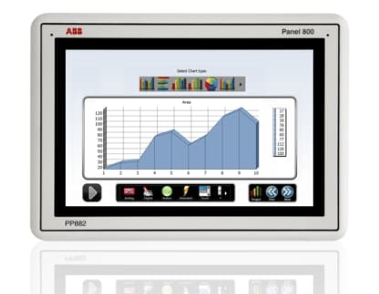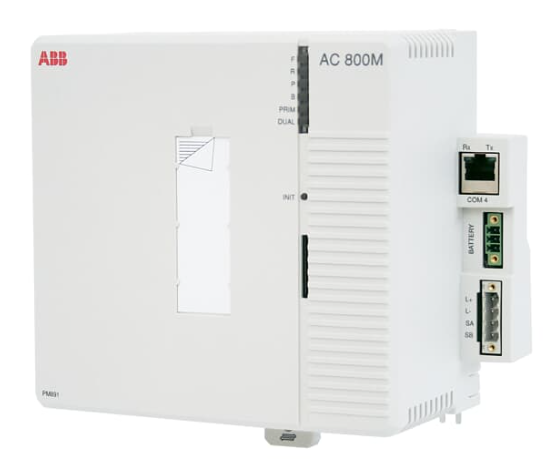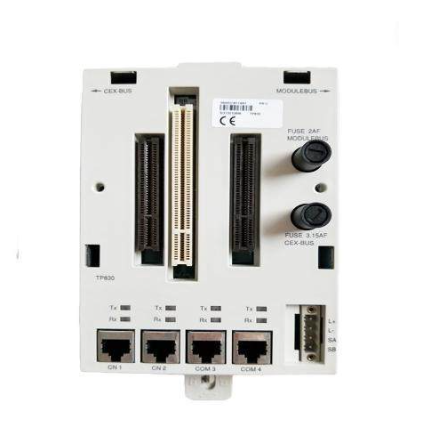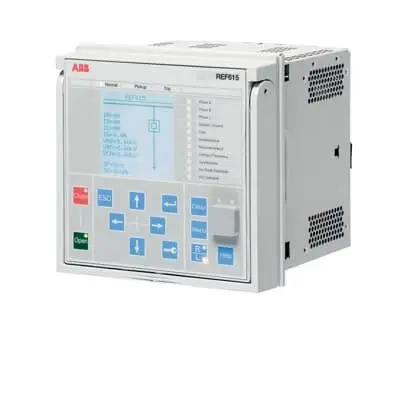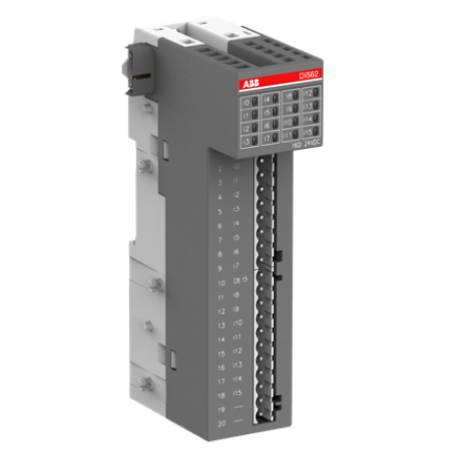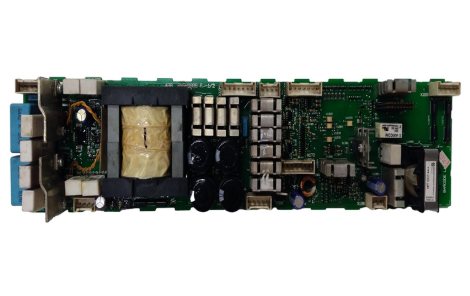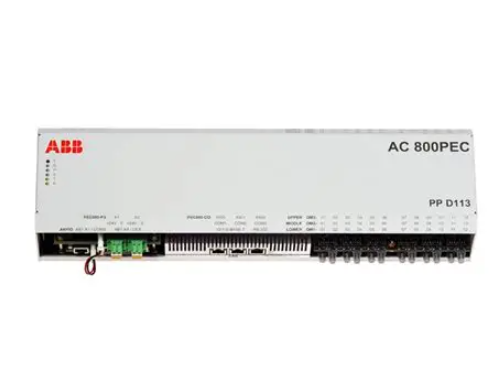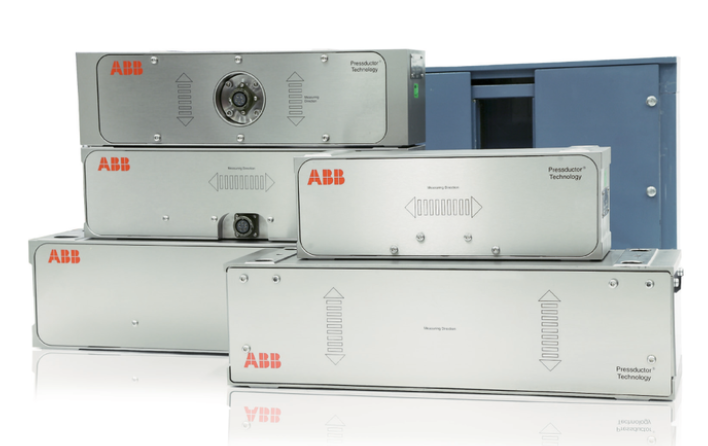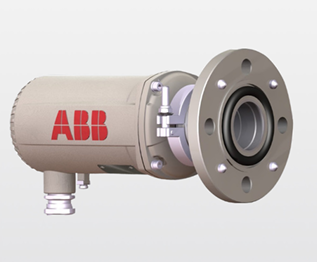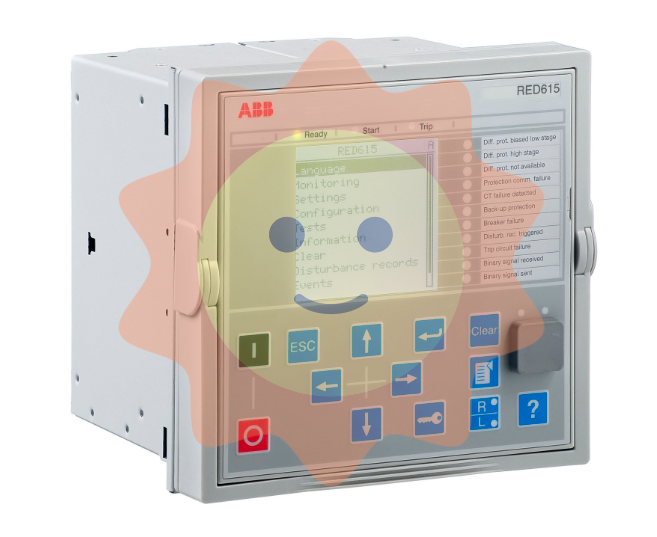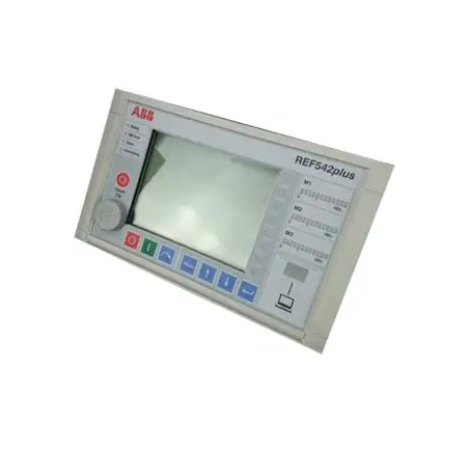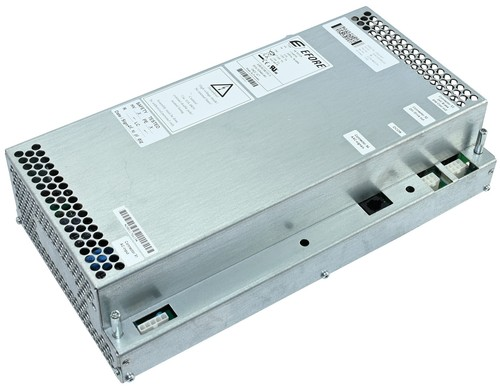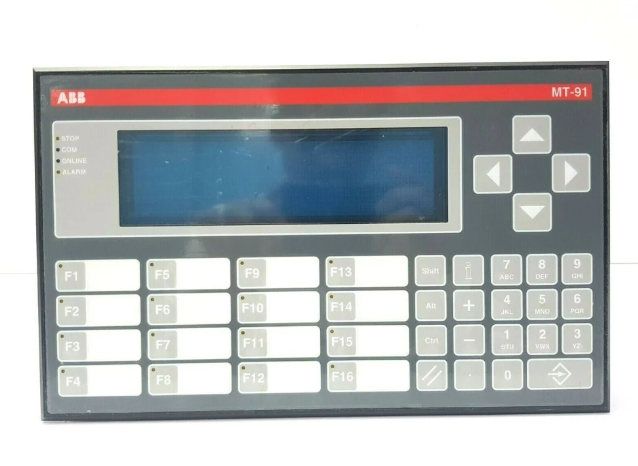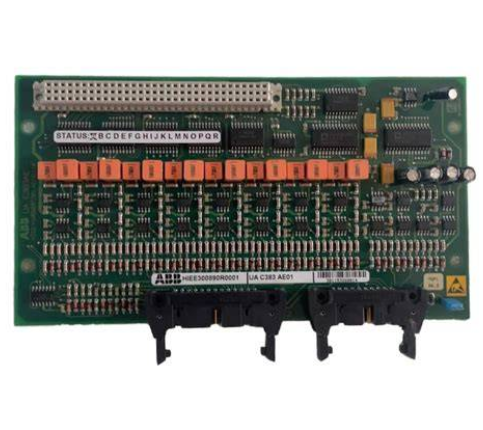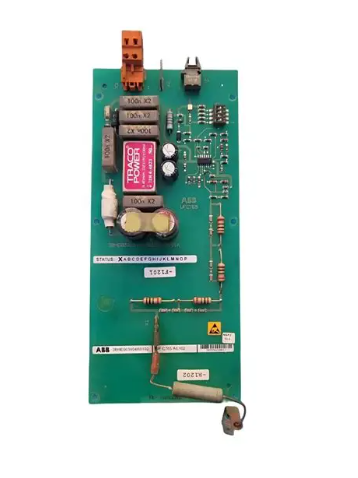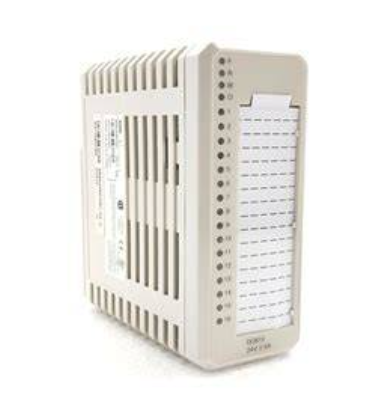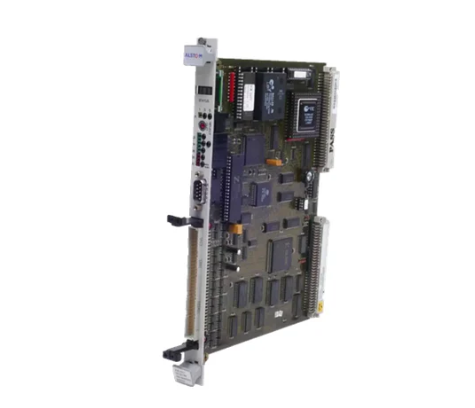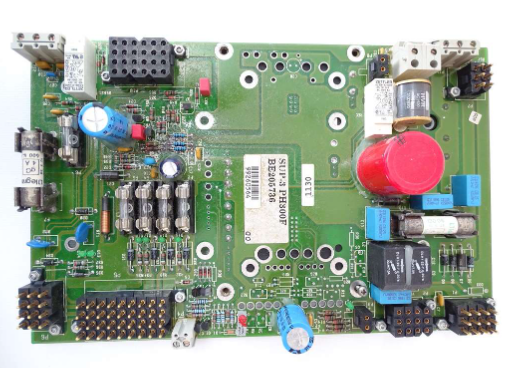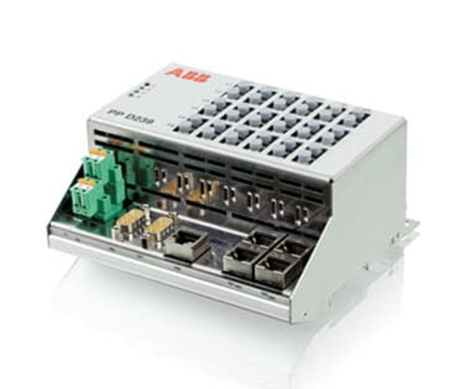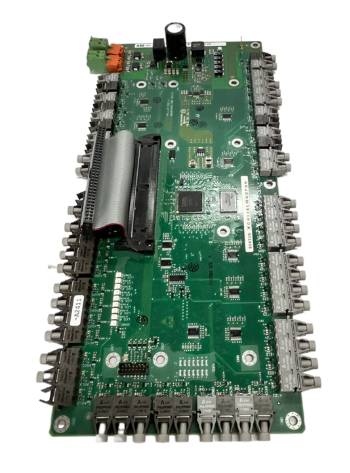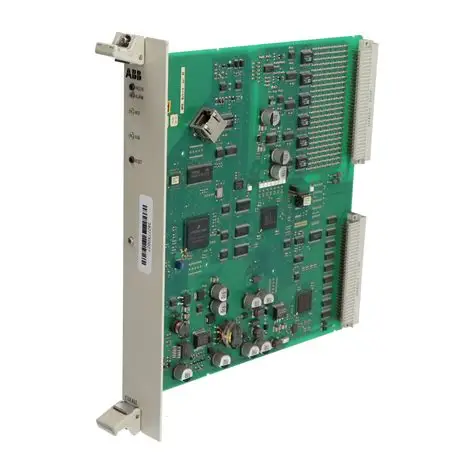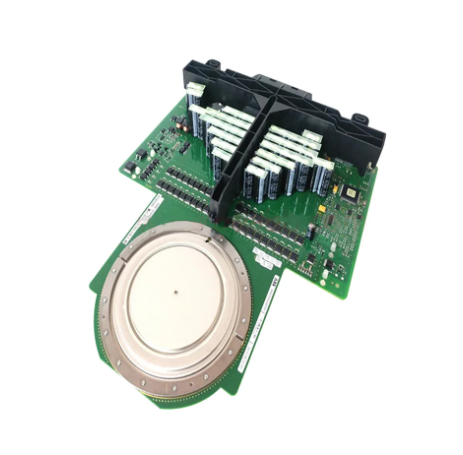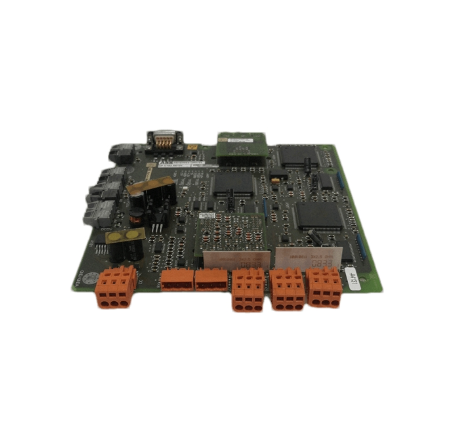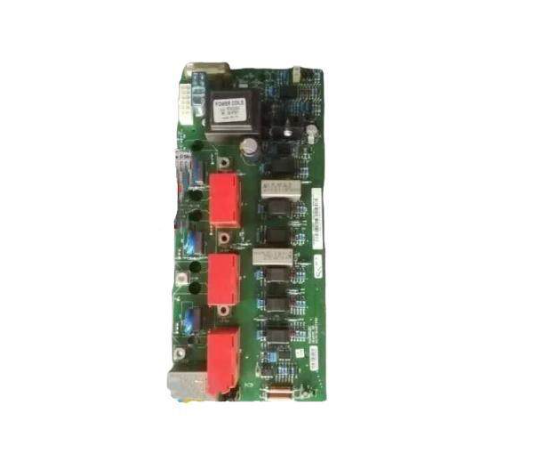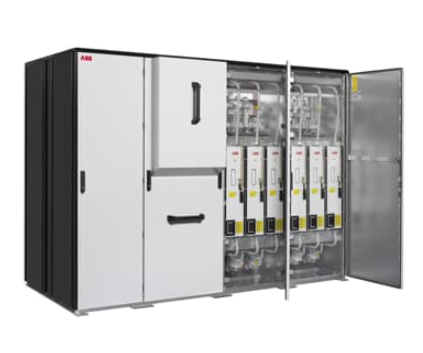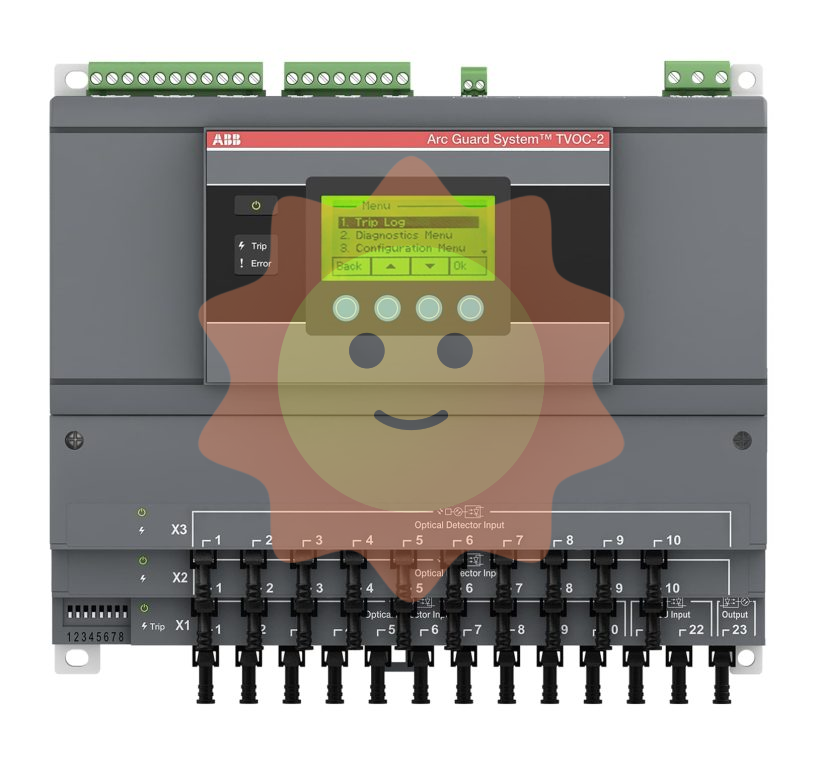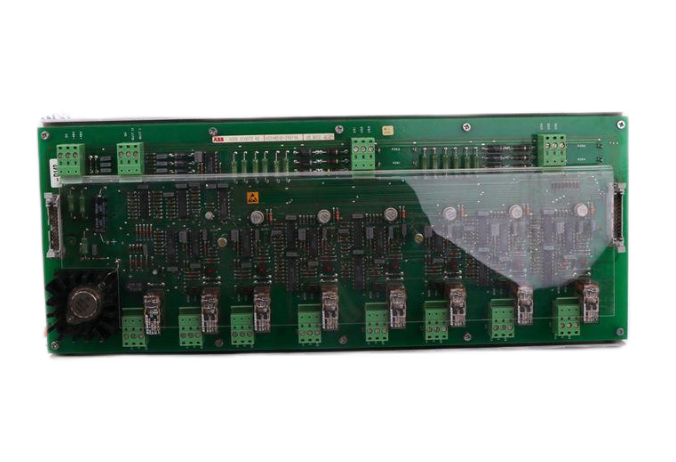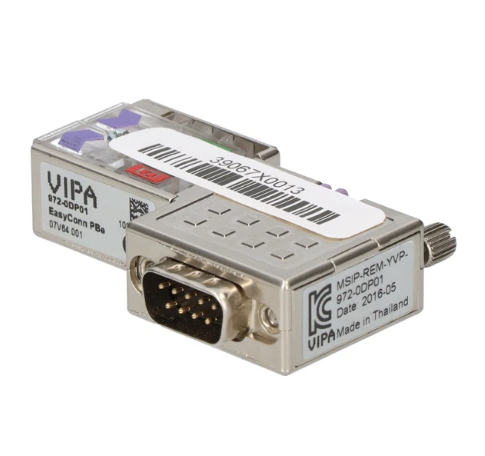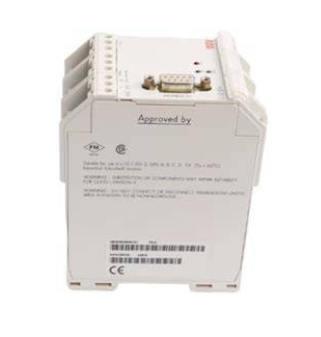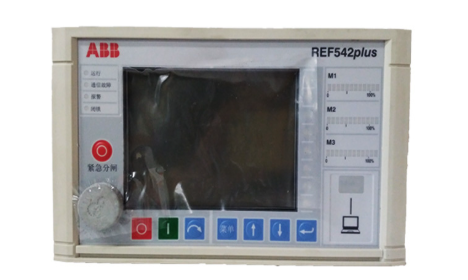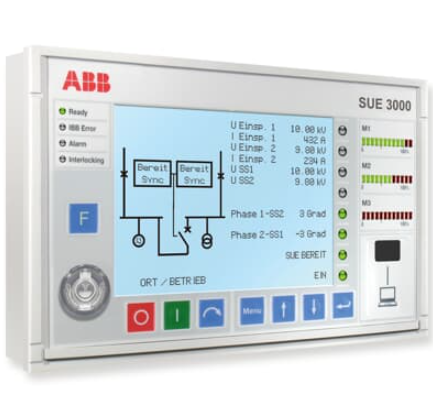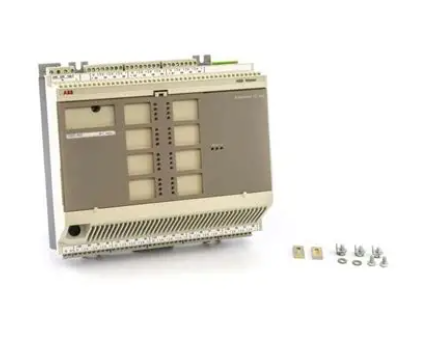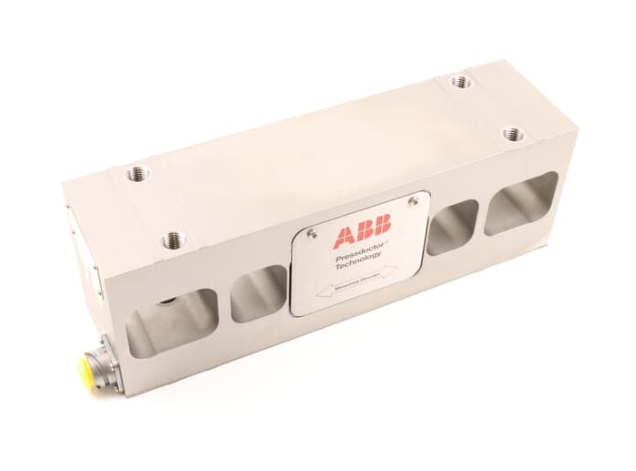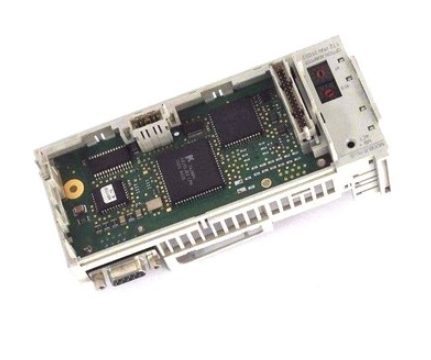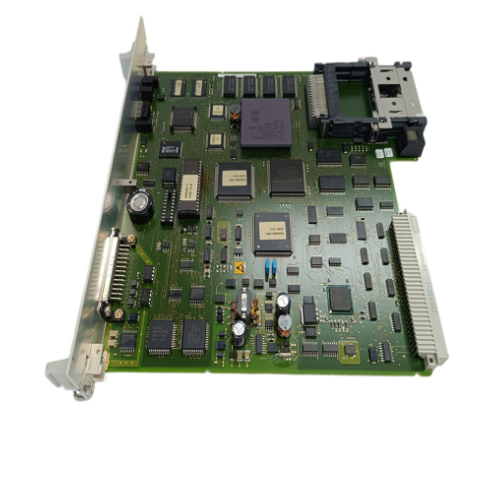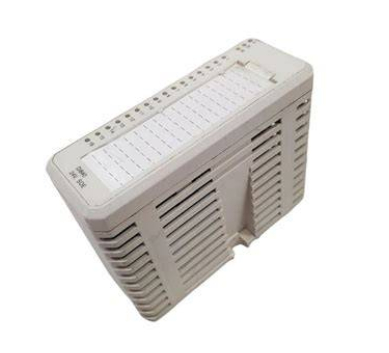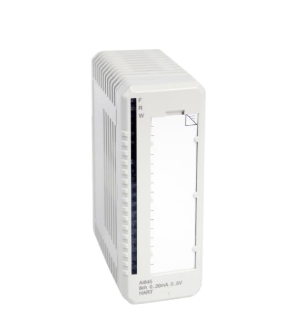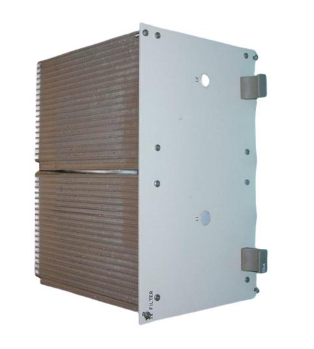XYCOM 81625DA Control Board
XYCOM 81625DA Control Board
The XYCOM 81625DA control board is a high-performance printed circuit board (PCB) designed specifically for industrial automation and embedded control scenarios, suitable for industrial environments that require high-precision data processing and multi device collaborative control. The following comprehensive analysis is conducted from the aspects of technical characteristics, functional design, and application scenarios:
Technical architecture and core configuration
This control board is built on an industrial grade hardware platform and adopts modular design to adapt to complex industrial environments. Although the specific processor model is not specified in the public information, based on the characteristics of similar XYCOM products, it is speculated that it may be equipped with high-performance embedded processors that support real-time operating systems (RTOS) or Linux systems, meeting the strict requirements of industrial control for real-time performance.
In terms of communication capabilities, the 81625DA is equipped with multiple standard interfaces, including:
Ethernet interface: supports TCP/IP protocol and can achieve high-speed data exchange with the upper computer or factory network;
RS-232/485 serial port: compatible with industrial protocols such as Modbus and Profibus, making it easy to connect sensors, PLCs, and other devices;
USB interface: used for local data storage or expanding peripherals.
In terms of power management, the board supports wide voltage input (such as DC 12-24V) and has overvoltage protection function, which can adapt to scenarios with large voltage fluctuations in industrial sites.
Functional characteristics and application value
1. Data collection and processing
Multi channel analog/digital input/output: supports real-time acquisition of multiple types of sensor signals (such as temperature, pressure, displacement), and preprocesses them through onboard processors such as filtering and calibration to ensure data accuracy;
Edge computing capability: it can complete data operation and logic judgment locally, reduce dependence on the central processor, and improve system response speed.
2. Control logic execution
Programmable Logic Controller (PLC) Function: Supports multiple programming methods such as ladder diagrams and C language, and can achieve complex sequential control, motion control, and other functions;
Multi axis motion control interface: may integrate pulse output or analog output interfaces, suitable for actuators such as stepper motors and servo drives.
3. System scalability
Modular expansion capability: Through PCI or ISA bus expansion slots, data acquisition modules, communication modules, etc. can be flexibly added to meet different application needs;
Redundant design: Some models may support dual power input or hot swappable functionality to enhance system reliability.
Typical application scenarios
1. Industrial automation production line
Equipment control: As the core controller, it realizes real-time monitoring and collaborative operation of equipment such as robotic arms and conveyor lines on the production line;
Quality inspection: Combined with visual inspection system, conduct online quality analysis of products and adjust production parameters based on the results.
2. Energy and Power Systems
Distributed energy management: used in smart grids to monitor and control the output of distributed power sources (such as solar panels, wind turbines), optimize energy allocation;
Power equipment status monitoring: Collecting operational data of transformers, distribution cabinets, and other equipment through sensors to achieve fault warning and predictive maintenance.
3. Intelligent transportation and logistics
Warehouse automation: responsible for path planning, obstacle avoidance, and communication with logistics management systems in AGV (Automated Guided Vehicle) control systems;
Rail transit signal control: used for key links such as railway switch control and train scheduling to ensure safe operation.
Reliability Design and Precautions
Environmental adaptability:
The working temperature range is usually -20 ℃ to 70 ℃, suitable for harsh industrial environments such as high and low temperatures;
Equipped with anti vibration and anti electromagnetic interference (EMI) design, in compliance with industry standards such as IEC 61000-6-2.
Maintenance and Upgrade:
Support remote firmware upgrades to reduce downtime;
Provide detailed diagnostic interfaces and status indicator lights for quick fault location.
Compliance certification:
May be certified by CE, UL, etc. to ensure compliant use worldwide.
Alternative solutions and selection suggestions
If alternative models are needed, consider XYCOM's 81625BA or 83594BD control cards of the same series. These models may have differences in interface configuration or processing capabilities, and should be selected according to specific needs. In addition, Pro face (XYCOM parent company)'s AGP series industrial tablets can also serve as an integrated solution, providing richer human-machine interaction functions.
When selecting, it is recommended to focus on the following parameters:
- EMERSON
- Honeywell
- CTI
- Rolls-Royce
- General Electric
- Woodward
- Yaskawa
- xYCOM
- Motorola
- Siemens
- Rockwell
- ABB
- B&R
- HIMA
- Construction site
- electricity
- Automobile market
- PLC
- DCS
- Motor drivers
- VSD
- Implications
- cement
- CO2
- CEM
- methane
- Artificial intelligence
- Titanic
- Solar energy
- Hydrogen fuel cell
- Hydrogen and fuel cells
- Hydrogen and oxygen fuel cells
- tyre
- Chemical fiber
- dynamo
- corpuscle
- Pulp and paper
- printing
- fossil
- FANUC
- Food and beverage
- Life science
- Sewage treatment
- Personal care
- electricity
- boats
- infrastructure
- Automobile industry
- metallurgy
- Nuclear power generation
- Geothermal power generation
- Water and wastewater
- Infrastructure construction
- Mine hazard
- steel
- papermaking
- Natural gas industry
- Infrastructure construction
- Power and energy
- Rubber and plastic
- Renewable energy
- pharmacy
- mining
- Plastic industry
- Schneider
- Kongsberg
- NI
- Wind energy
- International petroleum
- International new energy network
- gas
- WATLOW
- ProSoft
- SEW
- wind
- ADVANCED
- Reliance
- YOKOGAWA
- TRICONEX
- FOXBORO
- METSO
- MAN
- Advantest
- ADVANCED
- ALSTOM
- Control Wave
- AB
- AMAT
- STUDER
- KONGSBERG
- MOTOROLA
- DANAHER MOTION
- Bently
- Galil
- EATON
- MOLEX
- Triconex
- DEIF
- B&W
- ZYGO
- Aerotech
- DANFOSS
- KOLLMORGEN
- Beijer
- Endress+Hauser
- MOOG
- KB
- Moxa
- Rexroth
- YAMAHA
- Johnson


Email:wang@kongjiangauto.com

